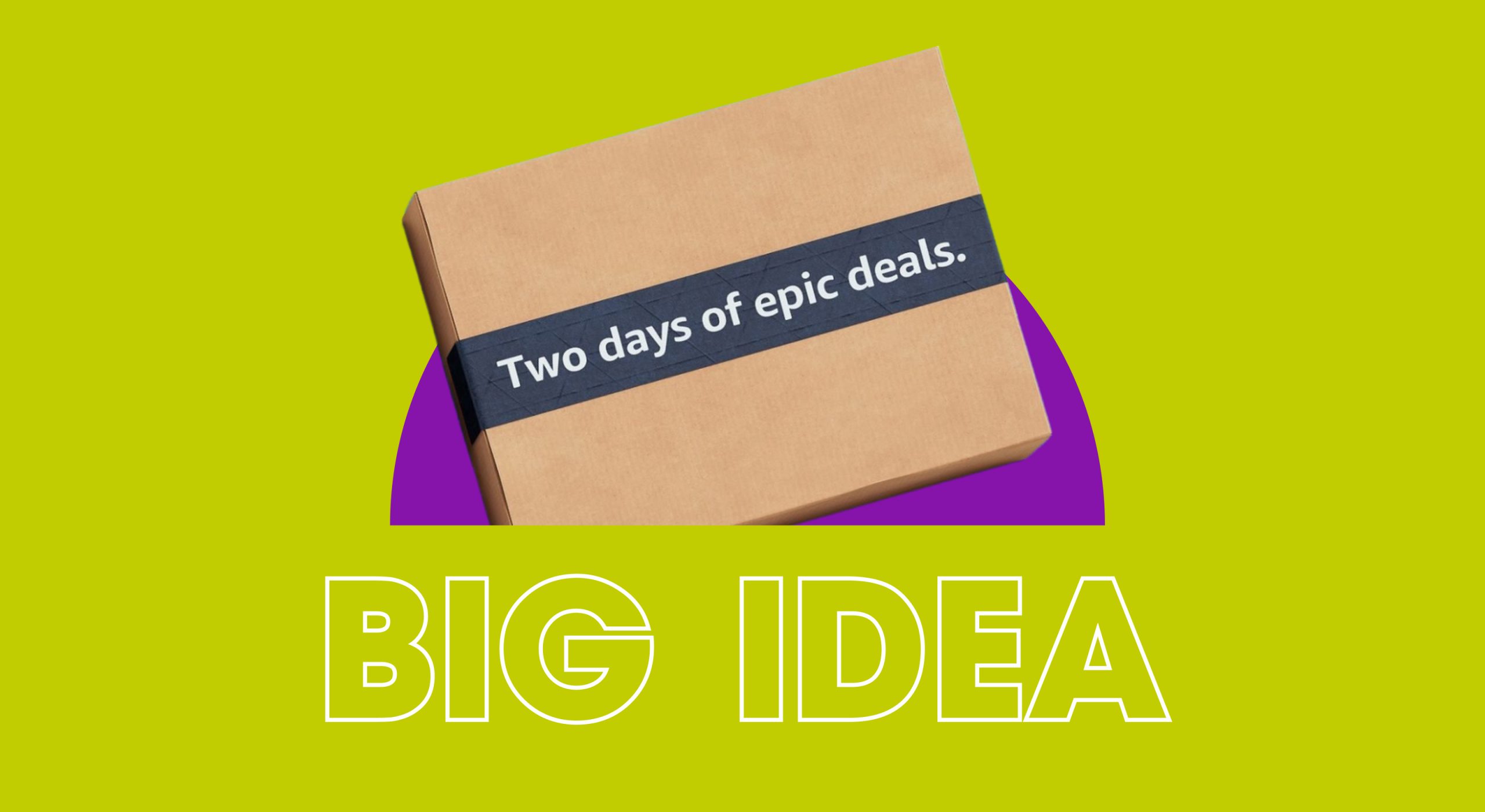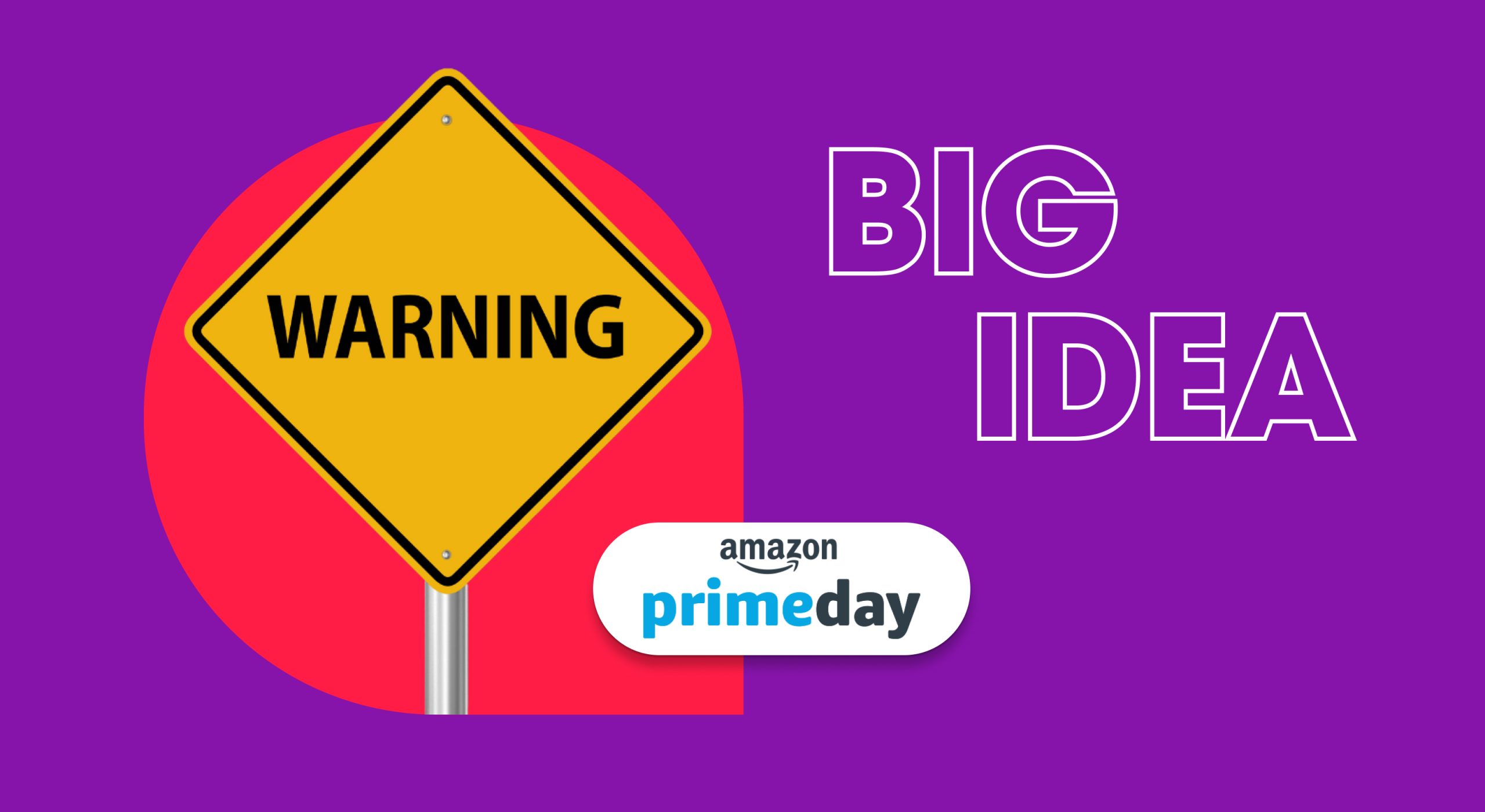It’s just the second week of 2024, but we already got hold of exposes that’s worth your 5 minutes (or less):
- A match between Amazon and traditional retail 🥊
- The surefire way to increase revenue at minimal ad costs ⚡
- A controversy surrounding Amazon’s AI-generated review summaries 🔎
- Some tips for dodging pesky seller fees 💡
Timer starts now!

BIG IDEA
The recent FTC's lawsuit against Amazon has stirred up quite a buzz. But Jason Burke, founder of The New Primal and a decade-long Amazon seller, argues that the retailer may have been painted too much of a villain.
In his article in The Tennessean, he shed light on what Amazon brings to the table—especially for small businesses—and how it compares to traditional commerce.
Amazon vs. Traditional retail model
📐 Setup and scalability
- Traditional model: Setting up a business requires a physical presence, and scaling up may involve opening new physical stores.
- Amazon: Aspiring sellers can set up shop from anywhere and scale operations rapidly on the platform.
🛒 Marketing funnel
- Traditional model: You must build awareness and interest to gain customers.
- Amazon: You can gain immediate access to a vast customer base actively searching for products.
💰 Promotion and display costs
- Traditional model: Promotions in physical stores can mean shelling out extra cash for premium displays.
- Amazon: The algorithms and ads cut out the need for physical displays. This way, you save costs while getting more eyes on your offerings.
🎯 Efficiency and target audience
- Traditional model: Inefficiencies may occur due to wasted efforts in reaching uninterested customers.
- Amazon: Since customers are already searching, you can readily connect with a more targeted audience.
💳 Payment options and speed
- Traditional model: Small businesses wait 1–2 months to get paid.
- Amazon: You can expect payouts every 14 days, which facilitates cash flow and business expansion.
Where should you sell?
Amazon provides an immediate platform for small businesses to set up shop and scale, offering opportunities that traditional retail models don't. But while these sound enticing, you still need to understand what makes Amazon work before joining the bandwagon.

TOGETHER WITH STACK INFLUENCE
How to supercharge your revenue while minimizing ad expenses
Is spending too much on old-fashioned ads not making your business grow the way you want to? If your answer’s yes, then you're in for a game-changing solution.
Introducing Stack Influence, your one-stop shop for all your user-generated content (UGC) needs.
When you team up with them, you can:
- Supercharge your revenue. The partnerships they create with micro-influencers are set to make your profits go up to 5 times.
- Say goodbye to spending too much on ads. Using UGC, you're advertising inexpensively yet connecting with the people you want to reach.
Oh, and did we mention that you won't give money to influencers? Instead, you'll give them your products! This ensures they like the items they discuss, making their content truthful.
Just like how customers want it.
Ready to take the leap? Sign up with Stack Influence today and watch your brand reach new heights.

BITES OF THE WEEK
- Try Walmart: Thrive by also selling private-label products at Walmart.
- Grow Tenfold: TikTok is determined to rival Amazon, with an aim to expand to $17.5 billion in 2024.
- Post-Christmas Treats: Because shopping doesn't stop after the holidays, try selling these goodies after Christmas.
- X Subtracts, Not Multiplies: Traffic on the social platform continues to decrease.

BLACK MARKET
Concerns about the misleading AI-generated review summaries
Last year, Amazon started using generative AI to generate review summaries. Not only was this supposed to eliminate scrolling through countless pages of customer feedback, but it was also meant to guide buyers' shopping decisions.
🚨 But Business Standard says sellers have serious concerns about this feature:
- It provides inaccurate descriptions. AI sometimes misclassifies products, like calling an inversion table designed to ease back pain a "desk."
- It exaggerates negative feedback, with a tendency to highlight the negative reviews even if they're less than 1% of the overall ratings. For example, a review summary of Penn tennis balls shows an issue with the smell, but only 7 out of more than 4,300 ratings have complaints about the odor.
- It's inconsistent in analyzing customer reviews. Based on an analysis, several review summaries fail to provide helpful insights for shoppers. Some don't highlight critical feedback, such as complaints about a product.
Many sellers worry that this might hurt their sales. After all, misleading review summaries could discourage buyers from purchasing perfectly good products.
What can sellers do?
Lesley Hensell, co-founder of the Amazon advisory firm Riverbend Consulting, suggests that sellers email Amazon seller support to get someone to address their concerns. Because while AI-powered reviews have potential, they are not always flawless and are still a work in progress.
📣 As for Amazon, the retailer should set up a simple, effective process to easily dispute misleading summaries and accommodate sellers' feedback.

SELLER REFRESHER
3 steps to avoid Amazon Seller Repay charges
Amazon’s fee structure can be confusing. If you don’t meticulously check the charges, you might end up paying more than you should.
So, eCommerce Fastlane gives a brief guide on how to avoid one fee that many sellers occasionally overlook: Amazon Seller Repay charges.
❓ What’s Amazon Seller Repay?
Also called Seller Repayment, this fee refers to the additional charge when re-attempting a failed payment. If your account balance isn’t enough to cover all selling dues, Amazon will charge your credit card plus this charge.
To avoid Seller Repay charges:
- Understand Amazon’s fee structure. Know which fees apply to you (and which shouldn’t) by doing a monthly or quarterly audit of your Payment Reports.
- Pay on time. Try making a payment calendar to track charging schedules. You can also charge everything to your credit card to dodge insufficient account balance woes.
- Clean up your listings, especially those that aren’t selling and only cost you fees. And make sure active listings are accurate to prevent customer returns. Amazon Refund Administration Fees are 20% of the referral fees you pay! 💸
Gentle reminder: Choose the right seller account
Even if 2024 is a leap year, you should think before you leap to a professional account. Having one means paying $39.99 monthly, which is only worth it if you sell more than 40 items.
Our tip? Start slowly but surely with an individual account until you can sell enough to be profitable.








